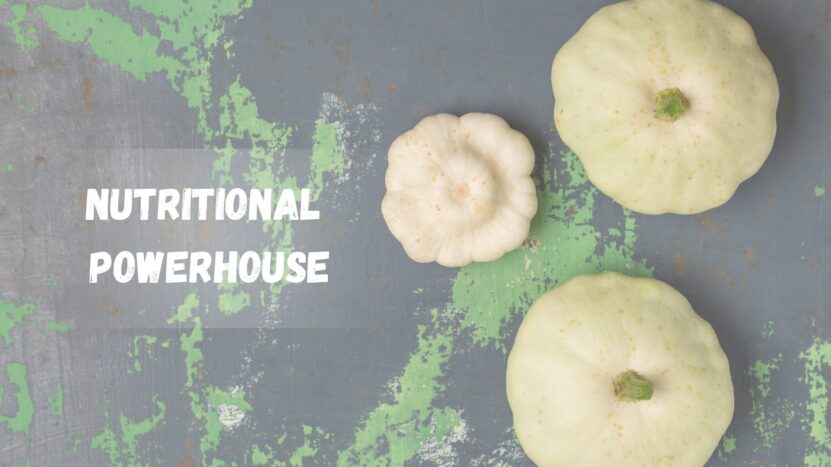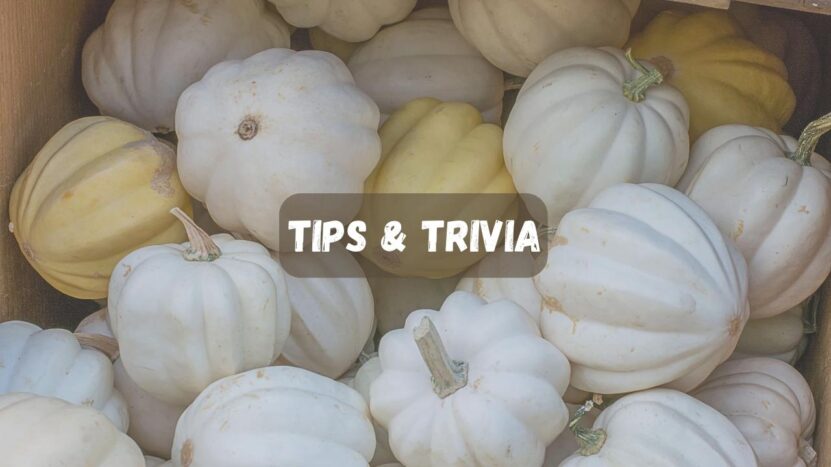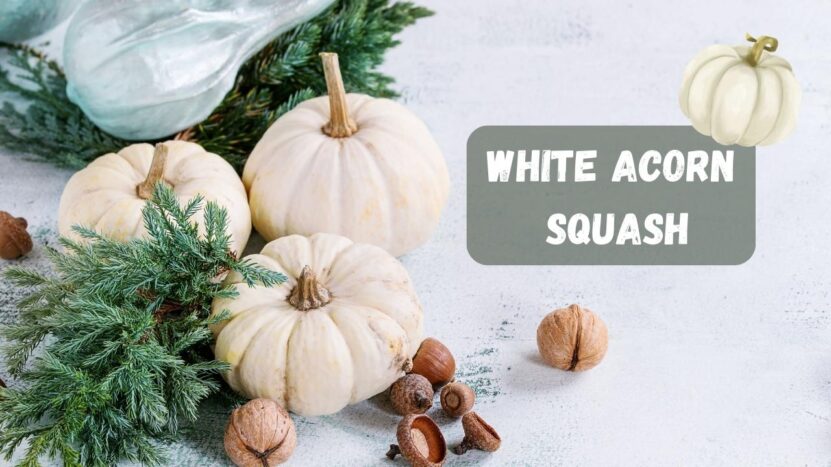The White Acorn Squash, with its unique color and distinctive flavor, is a gem waiting to be discovered. It’s not just about its aesthetic appeal or its versatility in the kitchen, but also about the nutritional benefits it brings to the table.
In the following sections, we’ll delve into the world of White Acorn Squash, exploring its characteristics, culinary uses, and the health benefits it offers. So, prepare to embark on a gastronomic adventure that promises to enrich your cooking repertoire and tantalize your taste buds. Let’s dive in and uncover the wonders of White Acorn Squash together!
Unleashing the Culinary Potential of White Acorn Squash
The White Acorn Squash, also known as the Table Queen or Danish squash, is a versatile ingredient that can transform any meal into a gourmet delight. Its sweet, nutty flavor is often enhanced with a simple dressing of butter and brown sugar, then baked to perfection. The result is a deliciously caramelized side dish that pairs well with a variety of main courses.
But the culinary potential of this squash doesn’t end there. When cubed and roasted, it develops a delightfully crispy exterior while maintaining a soft and creamy interior, making it a great addition to salads or as a standalone dish. Its rich, velvety texture also makes it an excellent ingredient for soups, adding a depth of flavor and a luxurious mouthfeel.
In addition to exploring the culinary delights of white acorn squash, readers can also discover the Casaba melon – a hidden gem among melons – for a tantalizing experience that will captivate their taste buds.
Choosing and Storing Your White Acorn Squash

When it comes to selecting the perfect White Acorn Squash, there are a few key things to look for. A high-quality squash will be firm to the touch, with a smooth skin and a weight that feels heavy for its size. Its color should be predominantly white, with subtle hints of yellow. Avoid any squash that has soft spots or appears dull and wrinkled, as these are signs of poor quality or old age.
Once you’ve chosen your squash, proper storage is essential to maintain its freshness. Unlike summer or soft squash, hard squash like the White Acorn Squash have a thick, hard skin that allows for longer storage. Most varieties can be kept in a cool, dry place for at least a month. If the squash has been cut into pieces, wrap it in plastic to preserve its freshness. Remember, vegetables generally do not ripen further after harvest, so it’s best to use your squash within the storage period for the best flavor and texture.
Immerse yourself in an extraordinary culinary journey with the White Acorn Squash, a captivating variety that promises a feast for the senses reminiscent of the enigmatic White Ghost Pumpkin.
A Nutritional Powerhouse and a Historical Staple

Diving into the nutritional profile of the White Acorn Squash, you’ll find that it’s not just a tasty ingredient, but also a powerhouse of nutrients. It’s packed with vitamins, minerals, fiber, and antioxidants, making it a healthy addition to any meal.
The White Acorn Squash also has a rich history. The term “Askutasquash”, a Massachusett Indian word meaning “eaten raw”, was used to describe this important food source. While early European explorers were not fond of eating squash raw, the trend has seen a resurgence in recent years with raw summer squash types making their way into salads. The introduction of squash to Europe by these explorers underscores the global culinary influence of this versatile vegetable.
Tips & Trivia

- The Massachusett Indian word for “eaten raw” is “Askutasquash.” An important Indian food, few white men shared the desire to eat squash raw, until recent years when raw summer squash types began to appear in salads.
- Squash was unknown in Europe until early explorers returned from America with squash seeds.

